If you remember back to my review of the new release of Kodak TMax P3200 I mentioned that I wanted to give the film stock a better chance at impressing me, the review is a chance to see how the film behaves in different developers. I’d give it a chance to show me what it can do at 1600, 3200, and 6400 but all developed in Kodak’s TMax developer. The 3200 images are from the original review, so I made a point to get another two rolls and shoot them accordingly and then develop them both in TMax Developer. Please note, I use the term “Box Speed” to indicate the speed written on the box. Thus P3200 is an ASA-3200 speed film on the box. Ideally, I believe P3200 to be an ASA-1600 film.
One Stop Pull (1600)
The results I got here only go further to solidify my view that P3200 is an ASA-1600 film. The results are stunning with the compensating actions of TMax developer help bring the images to life. There is plenty of grain, but that is expected. I am still shooting faster than I normally would and having that smaller negative size. But honestly, I’m pleased with how these images turned out. The best way I can describe them as clean, smooth on the contrast and tonality and excellent performance in many different lighting conditions. From overcast in the outside to darker conditions in the hallways and wine cellar, to average indoor light for a museum in the other areas. The images are sharp, and the grain only adds to the dimensionality of the images themselves.
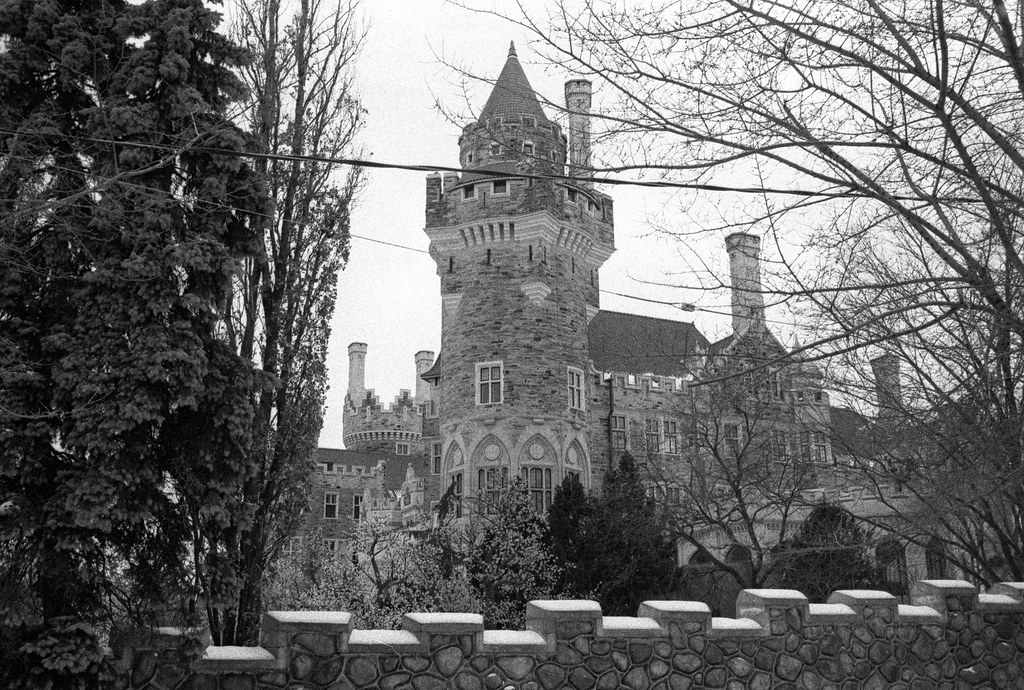
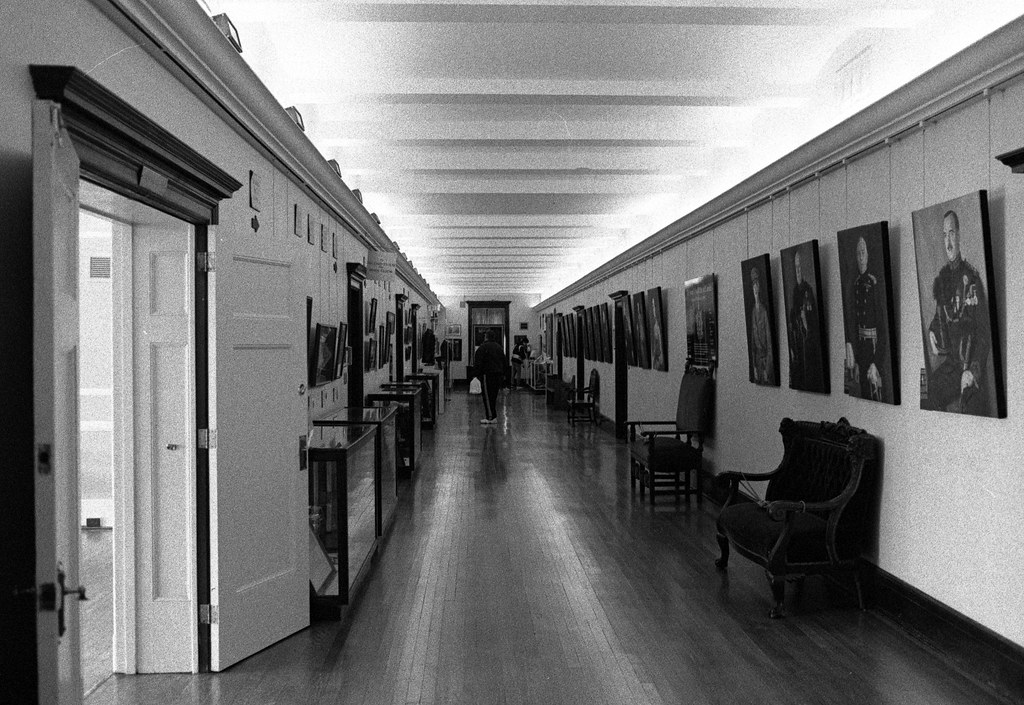
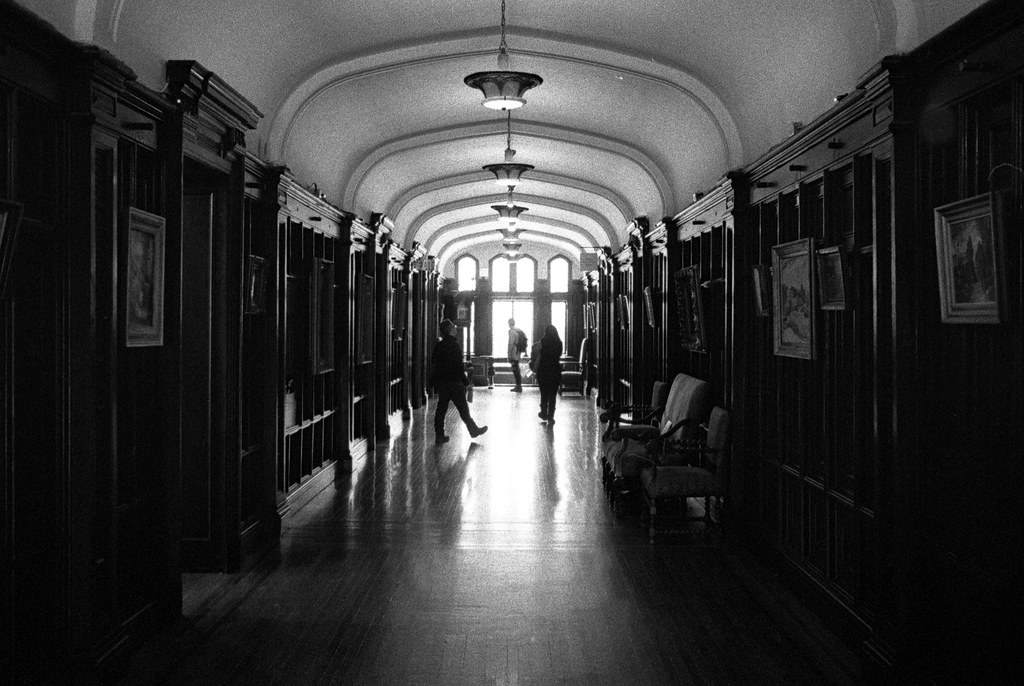
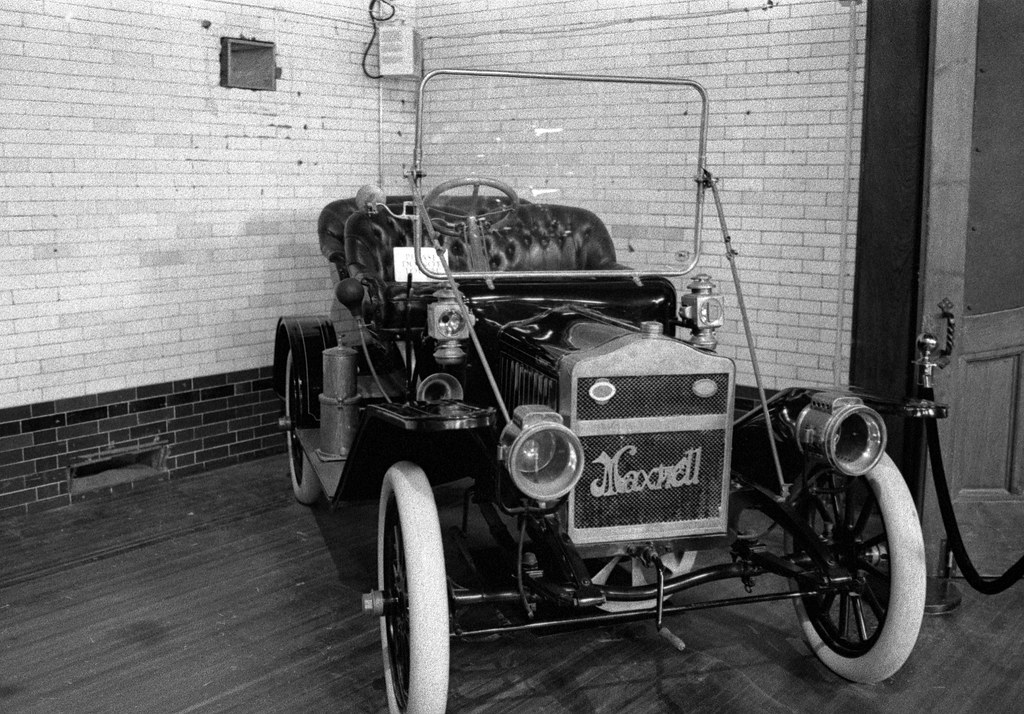
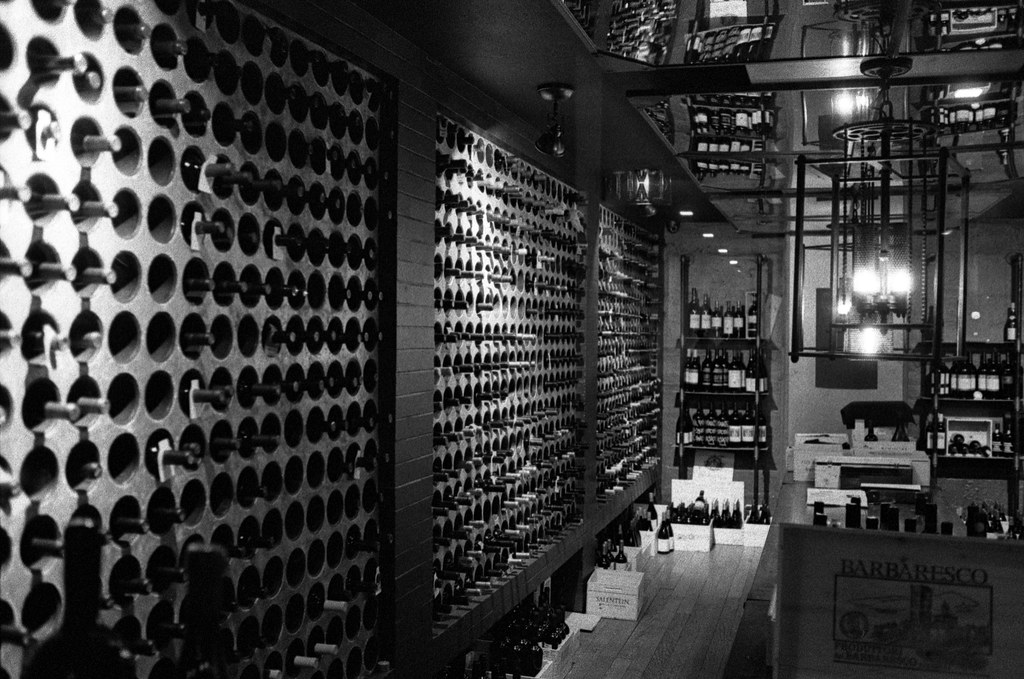
At Box Speed (3200)
The reason I think that the film is a 1600 film at best is with these images. Now I have to admit I shot these in less than ideal lighting, the grand churches and cathedrals of Montreal are not exactly the best for lighting, but these are the environments were P3200 shines. And also where the TMax Developer certainly helps. The shots are dark and moody, contrast is heavy, and the tonality range is rather limited. But they certainly draw you into these dark old churches. Yes, there is a much heavier grain here, but it keeps the images sharp. You can truly see how well the TMax Developer paired with the film.
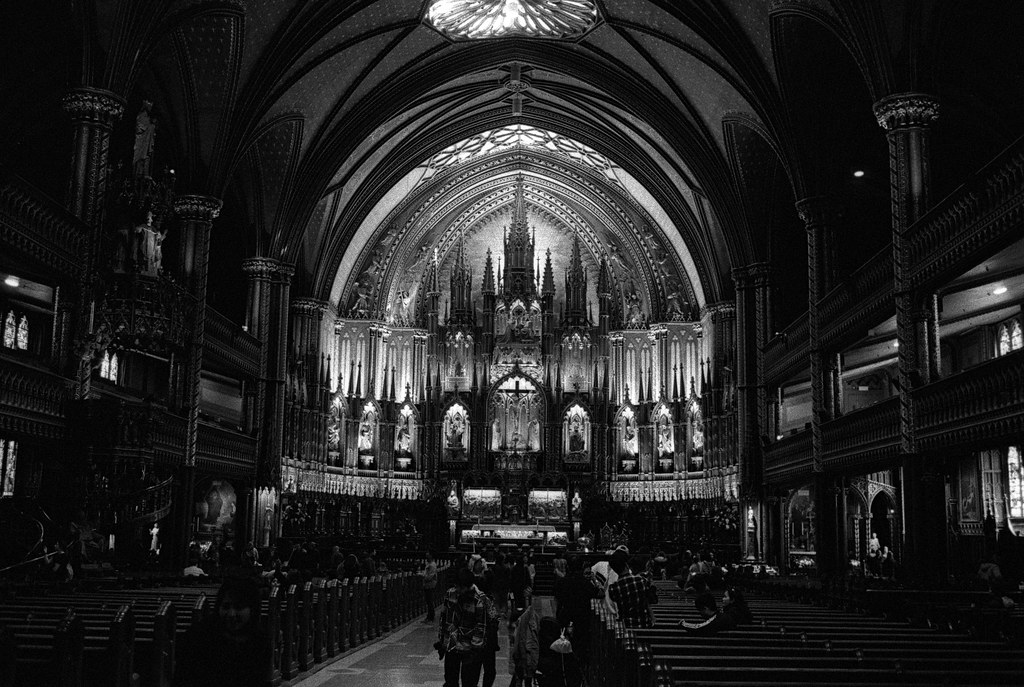
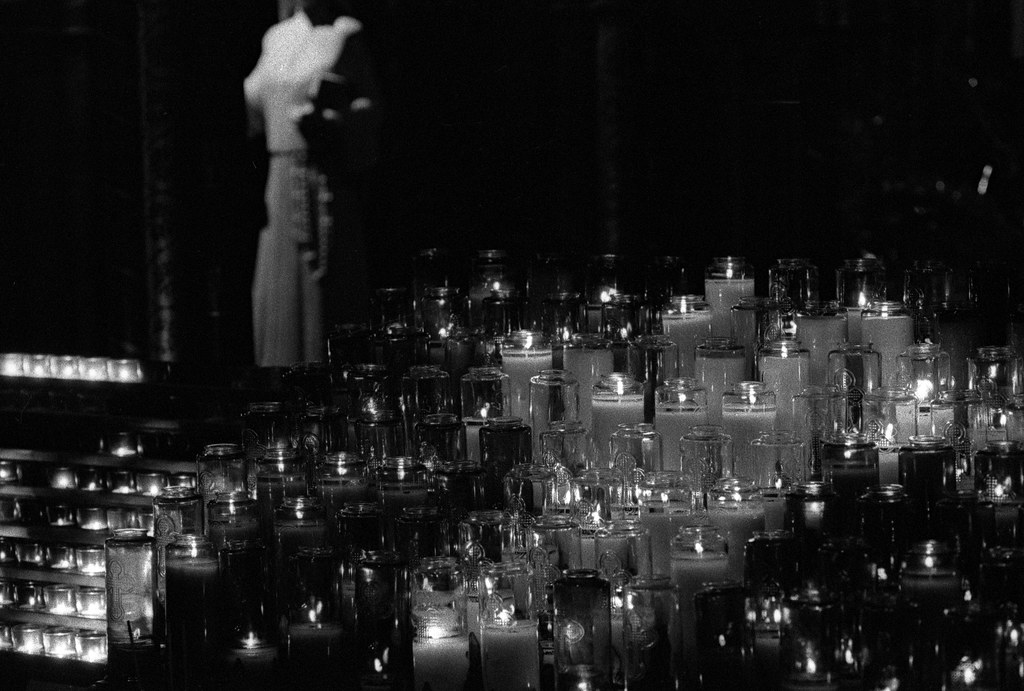

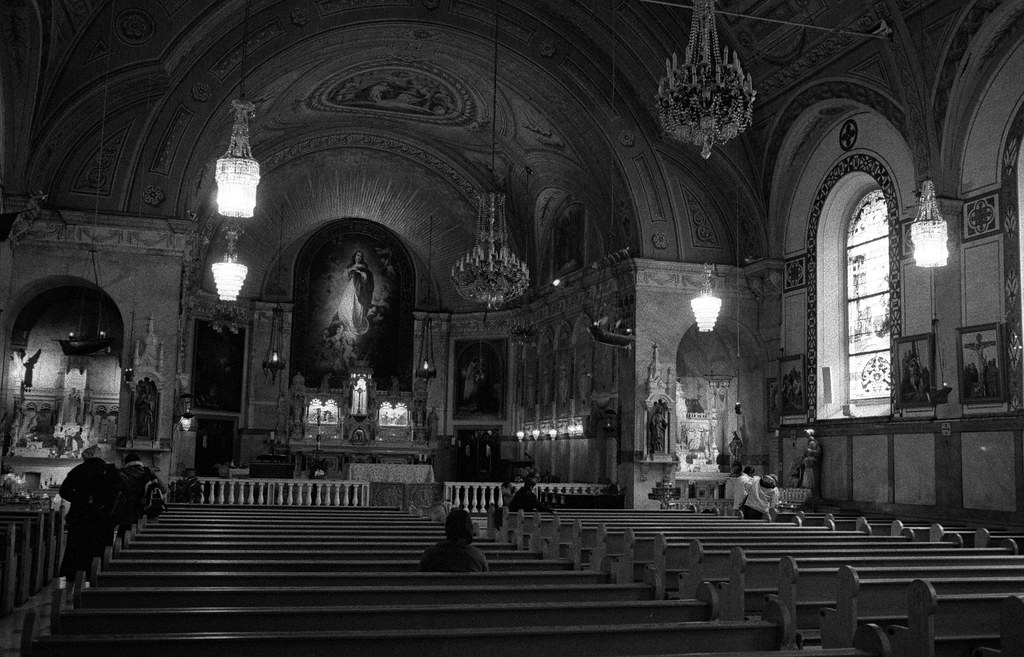

One Stop Push (6400)
There’s a certain level of torture one can take. The one interesting thing is that it’s hard to tell between the TMax Developer and Kodak D-76 with these images. I used the same setup here as I did for the review roll, and tried to recreate the lighting conditions by going out after dark in downtown Oakville. You get deep contrast, tonality where there are enough light and lots of grain. I did see one difference, in TMax Developer the images are sharper, but you see a lot of salt-and-pepper with the grain, you get the return of some detail, but don’t expect perfection from these shots.
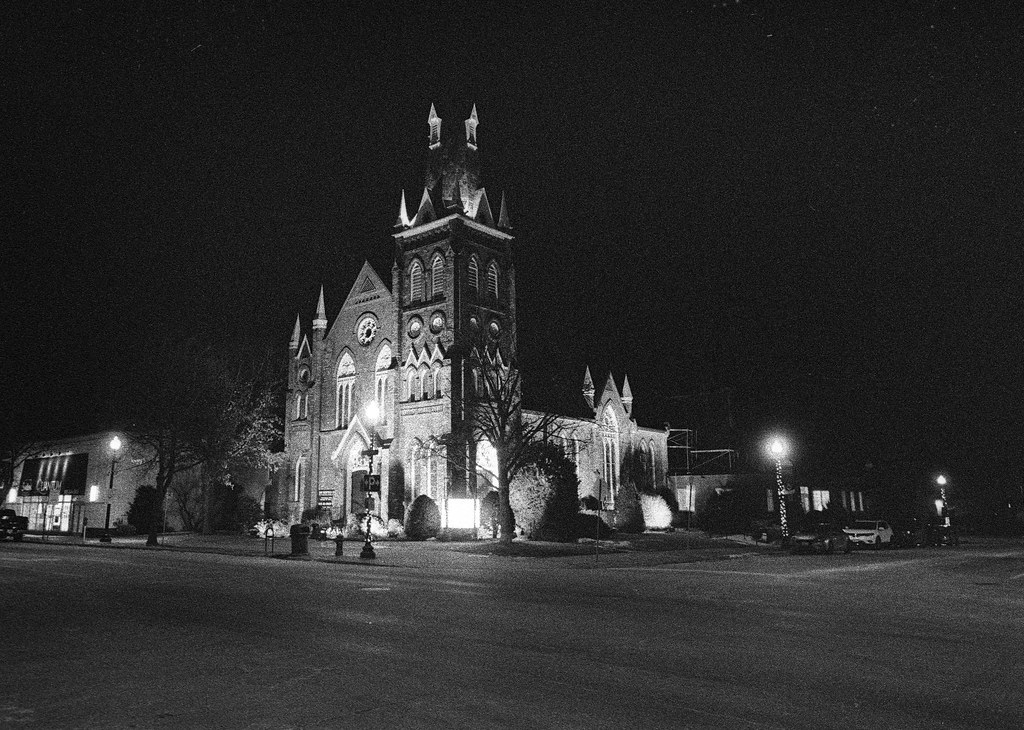


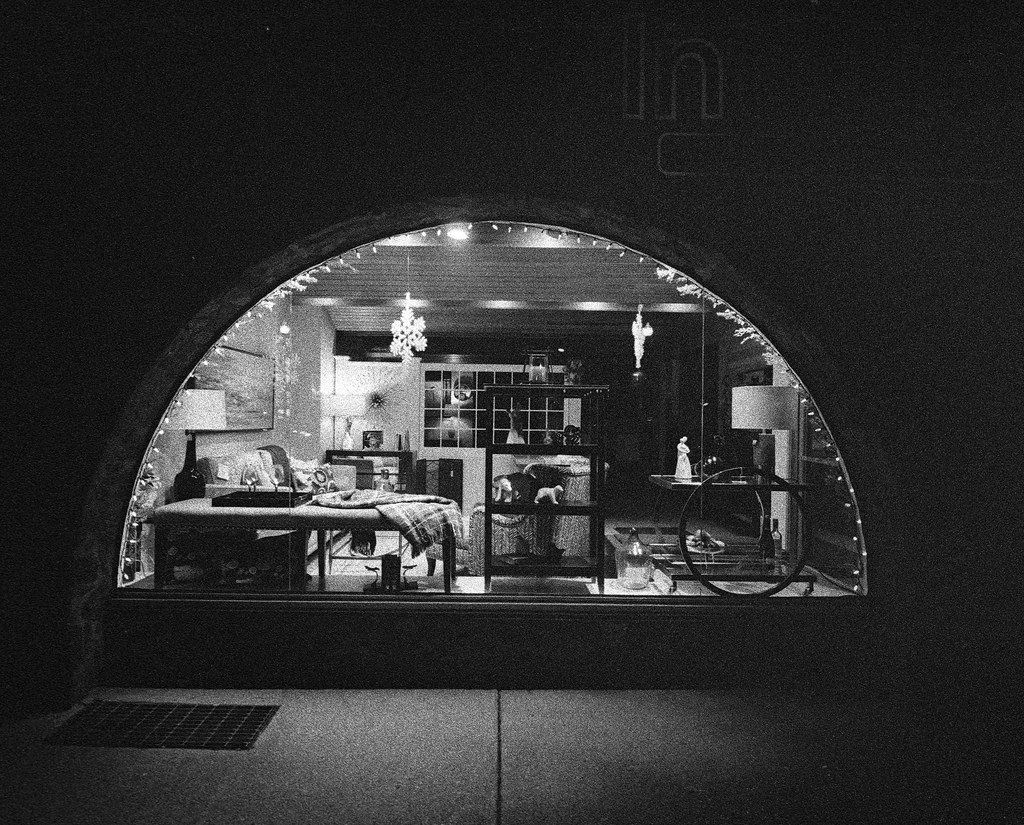
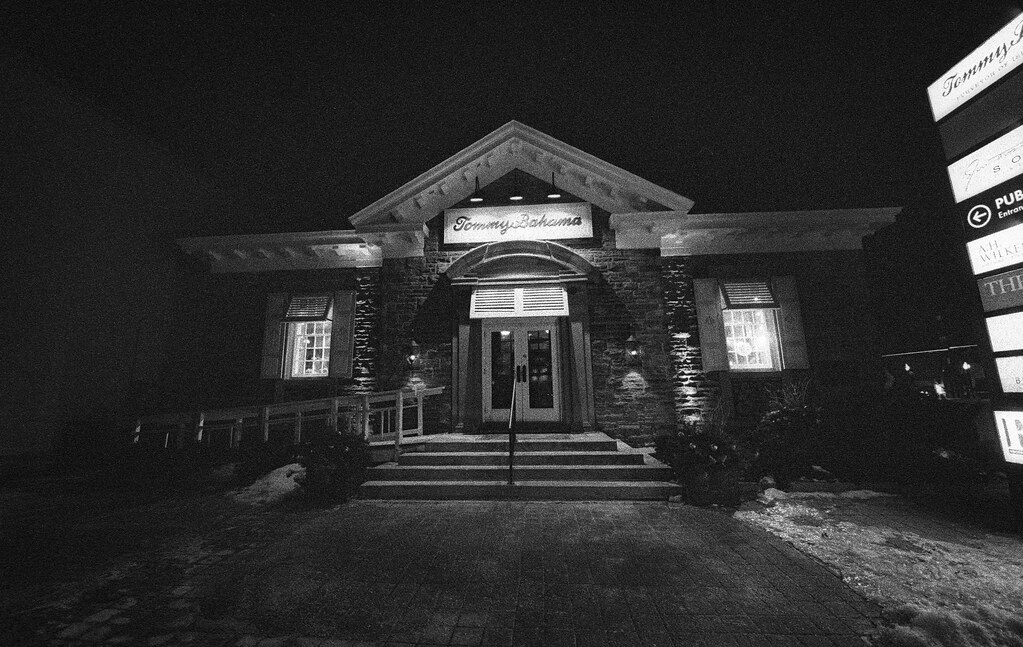
TMax P3200 is not a bad film in any sense of the word, and I’m glad that Kodak brought it back, and I hope to give it some more love this summer when I attend the 1812 Grand Tactical for the evening battle to capture some of the action. But I’m always one to take my favourite 400-speed stocks and give them a push and using Microphen for HC-110 to develop them in as I find I like the results far better. But that comes with my developed taste. Like anything, I write here these are just my opinion on the matter. It’s always best to shoot what you like and how you want it. But hopefully, I gave you some food for thought.